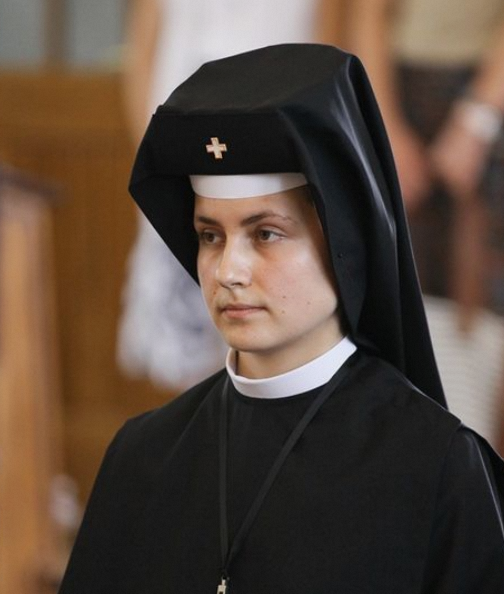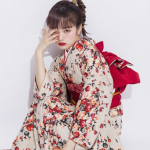The priest hat, also known as a biretta, is a distinctive headwear synonymous with the Catholic clergy. This article delves into the fascinating world of the priest hat, exploring its historical significance, symbolic meaning, and practical uses within the Catholic Church.
A Journey Through Time: The History of the Priest Hat
The biretta’s origins can be traced back to the 13th century, evolving from a skullcap or pileus worn by medieval clergy. Initially, the biretta was a more informal head covering, used during travel or everyday activities. Over time, it gradually gained prominence in official ceremonies and became a recognizable symbol of the Catholic priesthood.

Beyond Adornment: The Symbolic Meaning of the Priest Hat
The priest hat transcends its utilitarian purpose and holds profound symbolic meaning within the Catholic faith. Here are some key interpretations:
- Humility and Service: The black color of the biretta signifies humility and service, reflecting the priest’s dedication to his parishioners and the Church.
- Clerical Status: The biretta serves as a visual distinction, setting apart ordained priests from other members of the clergy and laity.
- Reverence and Prayer: The act of tipping the biretta during specific prayers or blessings demonstrates respect and reverence for God and sacred moments.
Understanding the Different Types of Priest Hats
While the biretta is the most widely recognized priest hat, other variations exist within the Catholic Church:
- Zucchetto: A small, skullcap-like hat often worn beneath the biretta or alone in informal settings. It typically comes in white for the Pope and red for cardinals, with black for other clergy.
- Pileus: A historical term encompassing various head coverings worn by clergy throughout the centuries, including the biretta’s predecessor.
- Mitre: A tall, elaborate headdress historically reserved for bishops and abbots during specific ceremonies.
The Practicalities of the Priest Hat: When and How it’s Worn
The use of the priest hat follows specific guidelines within the Catholic Church:
- Wearing the Biretta: Traditionally, priests wear the biretta outdoors, during processions, and at certain liturgical celebrations. It’s positioned on the head, with the square top facing the front, and can be tipped forward as a sign of respect.
- Removing the Biretta: In specific situations, the biretta is removed. This includes celebrating Mass at the altar, preaching, administering sacraments, and engaging in dialogue.
- Modernization and Personalization: In recent decades, the use of the biretta has become less mandatory in some regions. Priests may choose to wear it selectively based on personal preference or local customs.
Beyond the Church Walls: The Priest Hat in Popular Culture

The priest hat has transcended its religious significance and occasionally appears in popular culture. It’s sometimes used as a costume element in theatrical productions, historical reenactments, or Halloween celebrations. However, it’s crucial to remember the symbolic and religious significance of the hat and approach its portrayal with respect and sensitivity.
Preserving Tradition: The Future of the Priest Hat
As the Catholic Church navigates cultural shifts and evolving practices, the future of the hat remains an open conversation. While its use might become less widespread in some contexts, it will likely continue to hold symbolic importance and serve as a recognizable element of Catholic clergy attire for years to come.
A Deeper Appreciation for the Priest Hat
The hat, though seemingly simple in its design, carries a rich history, profound symbolism, and practical applications within the Catholic Church. Understanding its multifaceted nature fosters a deeper appreciation for this unique headwear and its enduring significance in the Catholic tradition.


